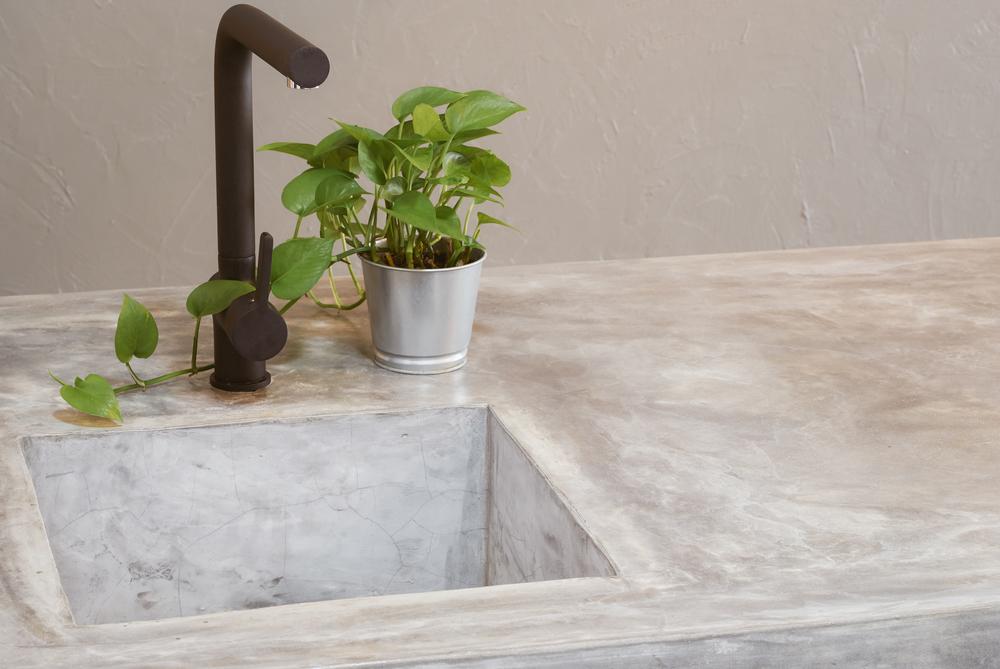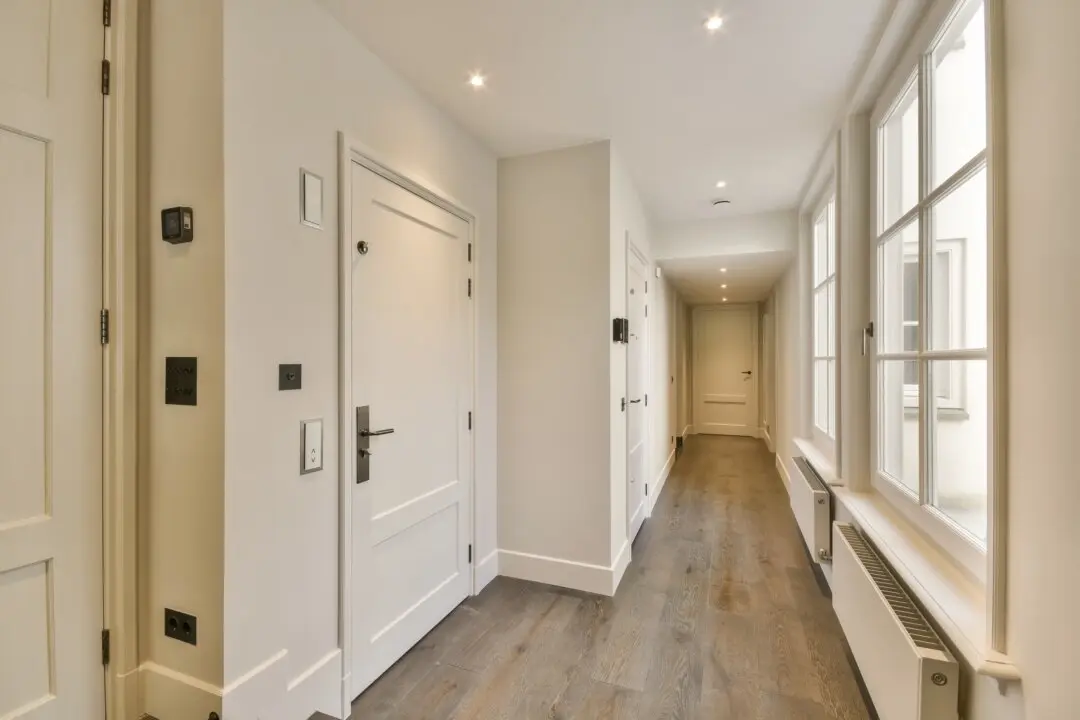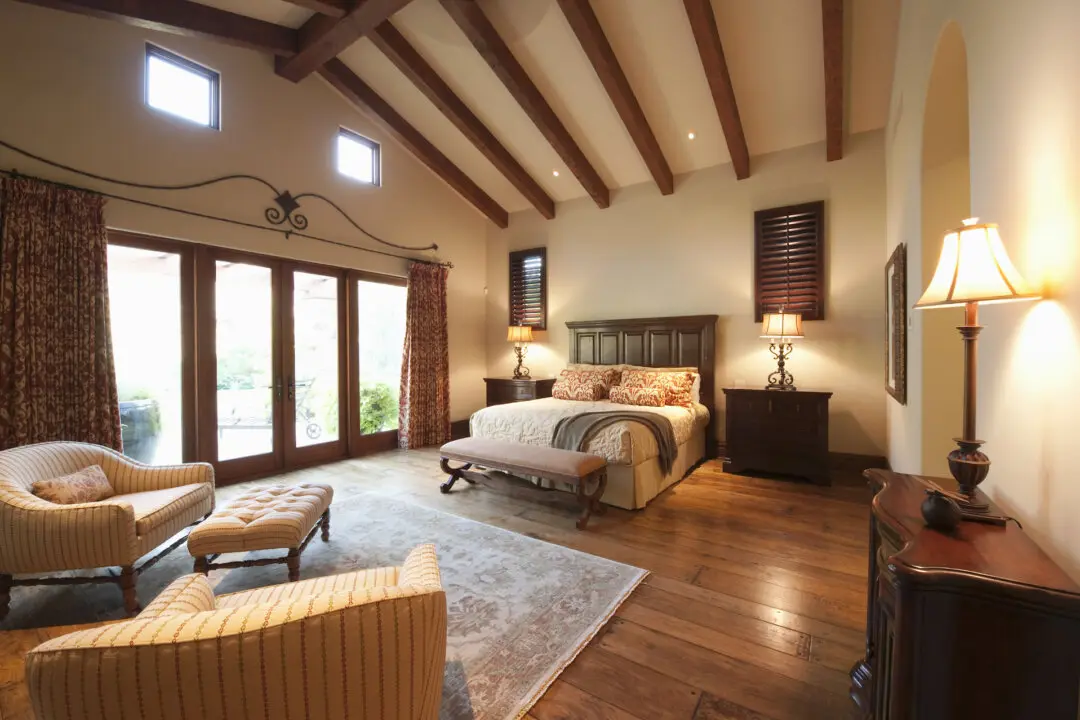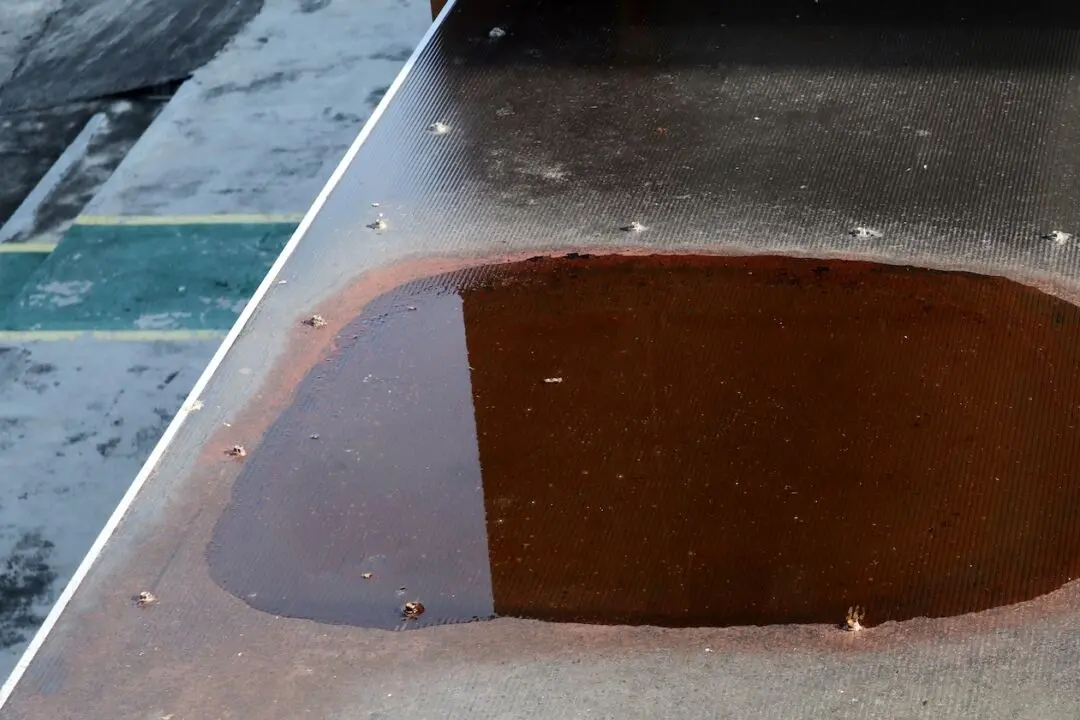Dear James: I saw decorative concrete countertops at a home show, and I want to try it myself. What is the basic procedure for making my own concrete countertops for my bathroom and kitchen? —Farida T.
Dear Farida: These types of decorative and colored concrete countertops are becoming very popular. They are attractive, low-maintenance, and reasonably priced. Each concrete countertop is made in custom mold, so you can create any unique shapes and colors you desire.




